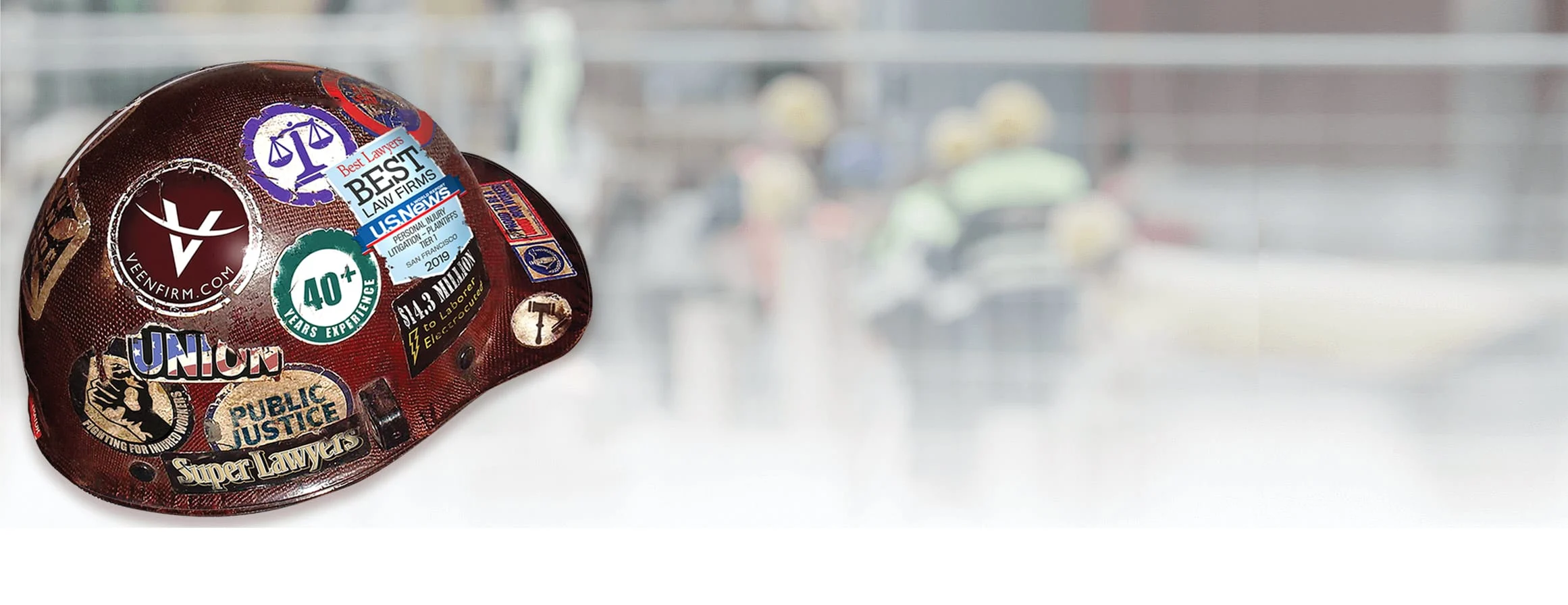Free Consultation
888-504-0157
On October 3, 2007, plaintiff Christopher, 33, who was employed by CTS Advantage Logistics and Vascor Ltd. in logistics support at the New United Motor Manufacturing Inc. plant in Fremont, was speaking with Tai, an employee of Foundation Systems Inc. and NUMMI, and another co-worker, who were stopped outside the factory at an industrial staircase. Tai was operating an electric flatbed industrial truck, manufactured by Taylor-Dunn Manufacturing Company, when another of Christopher’s co-workers, Fernandez, jumped into the cart’s front seat between Tai and the other employee and the 2,000-pound cart allegedly suddenly accelerated, knocking Christopher backward and crushing his left foot and ankle against the industrial staircase tread, nearly amputating the entire lower left foot.
Christopher sued Taylor-Dunn for products liability, alleging defective design. Christopher also initially sued Tai for negligence, as he was not trained in operating the truck; NUMMI and Foundation Systems for vicarious liability, as Tai’s employers; and Toyota Material Handling USA, as the party responsible for selling, leasing and maintaining the truck. The lawsuit also named Christopher’s employers, CTS and Vascor, as special employers of a borrowed servant, and Ensemble Workforce Solutions Inc., as a flexible employee manager for NUMMI (although Ensemble had declared for bankruptcy protection, Christopher got leave to sue from the court).
All defendants except for Taylor-Dunn either settled or were dismissed before trial, for a total settlement amount of $8 million. Ensemble was dismissed on summary judgment, as it had no control as a flexible employee manager. Foundation’s assets were purchased by American Cybersystems Inc. long after the Christopher accident, and that claim was thus dismissed. Toyota Material Handling, CTS and Fernandez were also dismissed as defendants before trial.
The case proceeded to trial against Taylor-Dunn on the basis that the machine was defectively designed, allowing for inadvertent activation of its directional switch. Plaintiff’s counsel also claimed that Taylor-Dunn failed to warn of this propensity.
Counsel for Taylor-Dunn contended that the machine was unforeseeably misused and/or that Christopher had himself been contributorily negligent in standing in front of the truck while it was parked.
Christopher’s left foot was crushed against the industrial staircase, resulting in severed nerves, arteries and tendons and several fractured bones; the foot and heel pad were also partially amputated. He was first taken to Washington Hospital, where the arteries were ligated, debridement took place and internal fixation was performed on fractured bones in the talus and hind foot. Surgeons also unsuccessfully attempted to close the wound site, and Christopher was hospitalized for about a week.
The plaintiff returned home but later suffered a blood clot and was hospitalized again, where he underwent skin-grafting surgeries. After two years, an attempt was made to re-orient the foot by tightening the ligaments and putting the heel pad under the calcaneus bone. Wound care continued for 3.5 years, while the foot wound remained open for longer than that time. Christopher suffers from complex regional pain syndrome (also known as reflex sympathetic dystrophy, or RSD).
Plaintiff’s counsel noted that suggested surgeries are triple arthrodesis, ankle fusion and implantation of a spinal cord stimulator, for pain management. Counsel also said Christopher would be competitively unemployable. The plaintiff sought $16 million in pain and suffering damages, $3.8 million in lost earning capacity and $3.75 million in medical expenses.
Christopher’s wife sought approximately $1 million for loss of consortium and $1 million in loss of household services.
The jury awarded damages of $10,210,707, but also found all parties negligent. The jury assigned liability 2% against Christopher, 20% against NUMMI, 4% Vascor, 9% Taylor-Dunn, 35% Tai and 30% Fernandez.
Given that the verdict award was only recoverable against Taylor-Dunn, and the pretrial settlements in the amount of $8 million, Christopher recovered $8,918,964.
Taylor-Dunn filed a partial motion for JNOV on the ground that the plaintiffs failed to establish that a failure to warn was a substantial factor in causing the incident. The court granted the motion and found there was no evidence from which the jury could have reasonably concluded that the accident would not have occurred if one of the warnings proposed by the plaintiffs had been provided. The court vacated the judgment against Taylor-Dunn, and judgment was entered against the plaintiffs.
